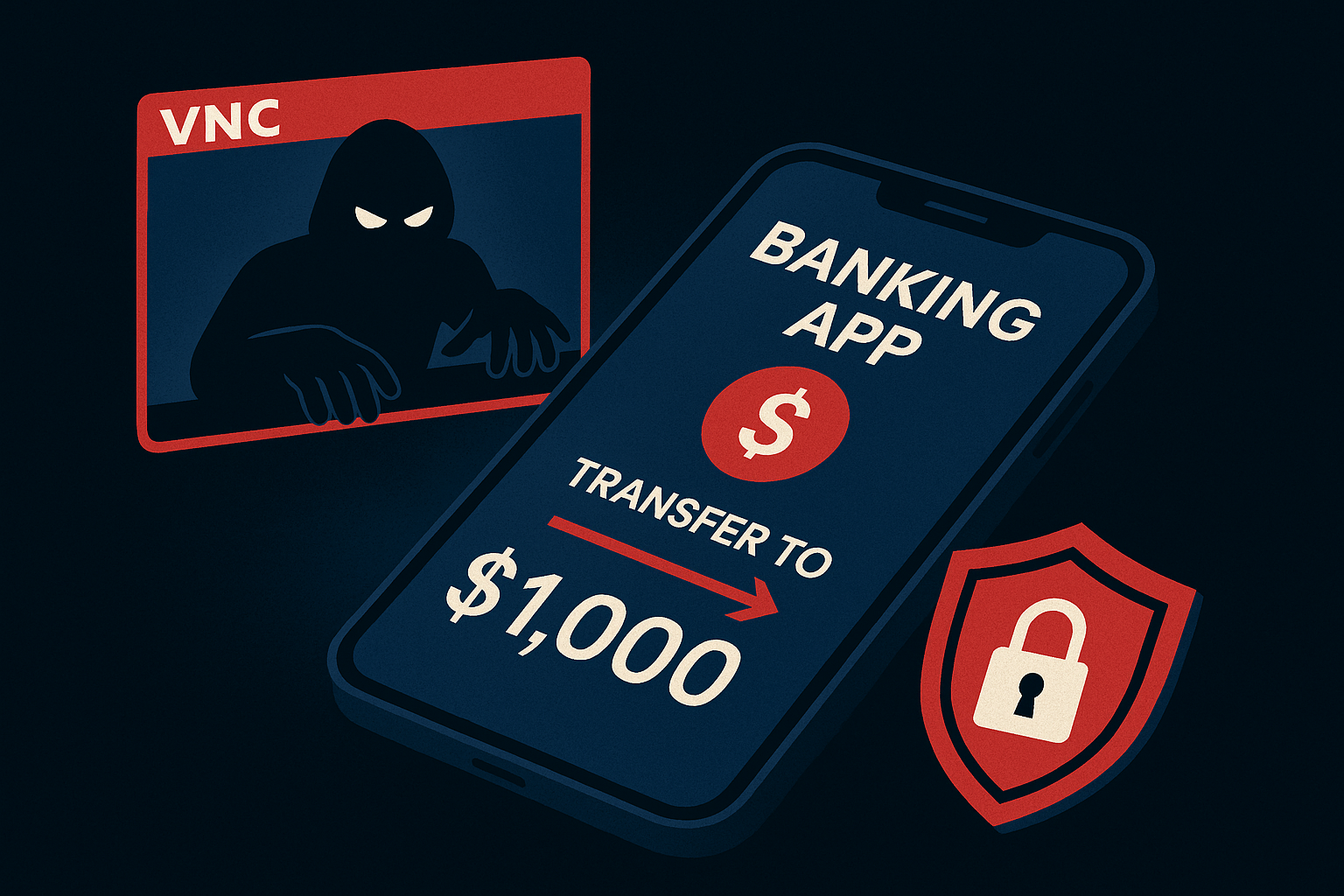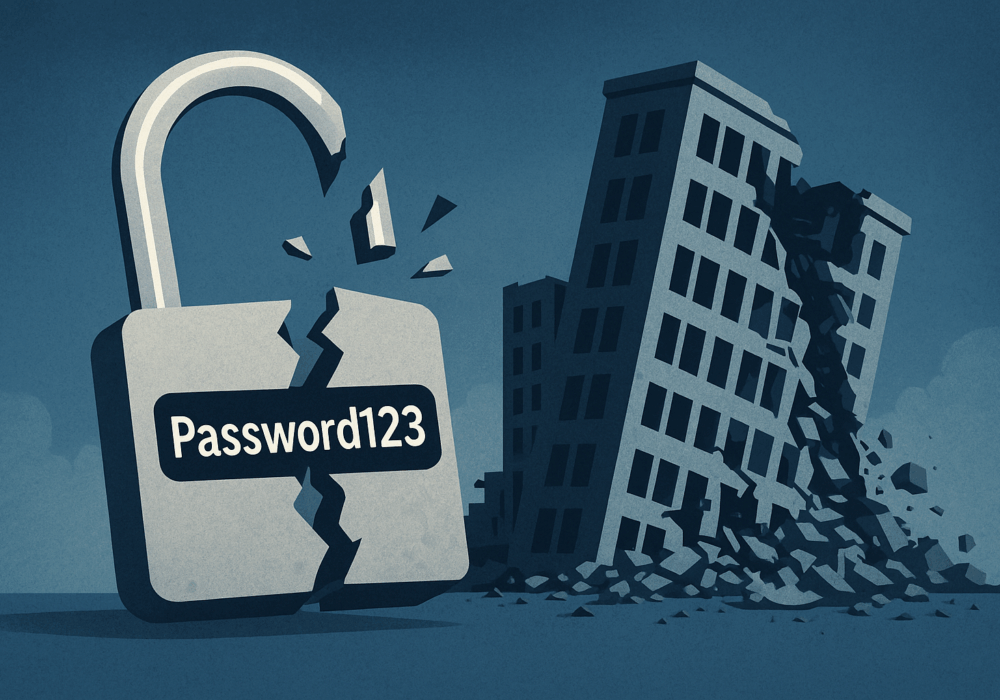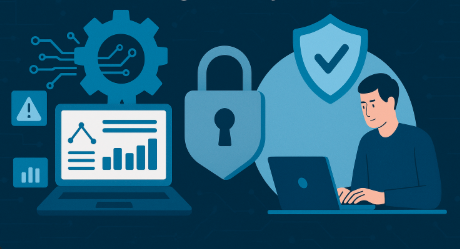Each MIB is identified using an Object Identifier (OID), which is often a device’s setting or status. The OID uniquely identifies a managed object in the MIB hierarchy. Each managed object is made up of one or more variables called object instances. These, too, are identified by OIDs.
To remove ambiguous meanings and repair data defects, MIBs are updated, but these changes must be in conformance with Section 10, or RFC 2578, a specific standard for MIBs. The protocols SNMP and RMON1 both use MIB. SNMP gathers data from a single type of MIB, RMON 1 gathers data from nine additional types of MIBs that provide a richer set of data. But the objects (devices such as routers, switches, and hubs) must be designed to use the data.
SMBs should work with their IT professionals to set up an MIB if possible. MIBs can help your organization gain important information on your networks such as configuration changes, status information, and automatic alerts to some forms of malicious activity. Your IT staff should be able to help set this up.
Additionally, these recommendations below will help you and your business stay secure with the various threats you may face on a day-to-day basis. All of the suggestions listed below can be gained by hiring CyberHoot’s vCISO Program development services.
All of these recommendations are built into CyberHoot the product or CyberHoot’s vCISO Services. With CyberHoot you can govern, train, assess, and test your employees. Visit CyberHoot.com and sign up for our services today. At the very least continue to learn by enrolling in our monthly Cybersecurity newsletters to stay on top of current cybersecurity updates.
Sources:
Related Terms:
Simple Network Management Protocol (SNMP)
CyberHoot does have some other resources available for your use. Below are links to all of our resources, feel free to check them out whenever you like:
Note: If you’d like to subscribe to our newsletter, visit any link above (besides infographics) and enter your email address on the right-hand side of the page, and click ‘Send Me Newsletters’.
Discover and share the latest cybersecurity trends, tips and best practices – alongside new threats to watch out for.

Newly discovered Android banking Remote Access Trojan (RAT), dubbed Klopatra, has compromised more than 3,000...
Read more
In June 2025, KNP Logistics Group, a transport company in the UK with 500 trucks and nearly two centuries of...
Read more
Vulnerability scanning and it's human led partner penetration testing (aka "pentesting") are excellent and...
Read moreGet sharper eyes on human risks, with the positive approach that beats traditional phish testing.
